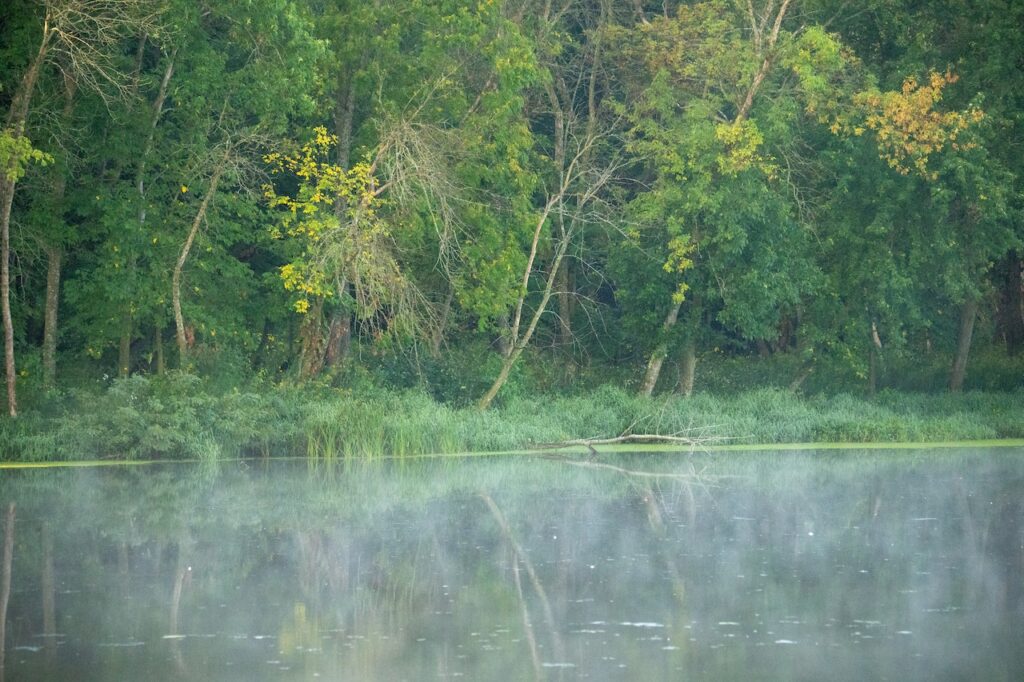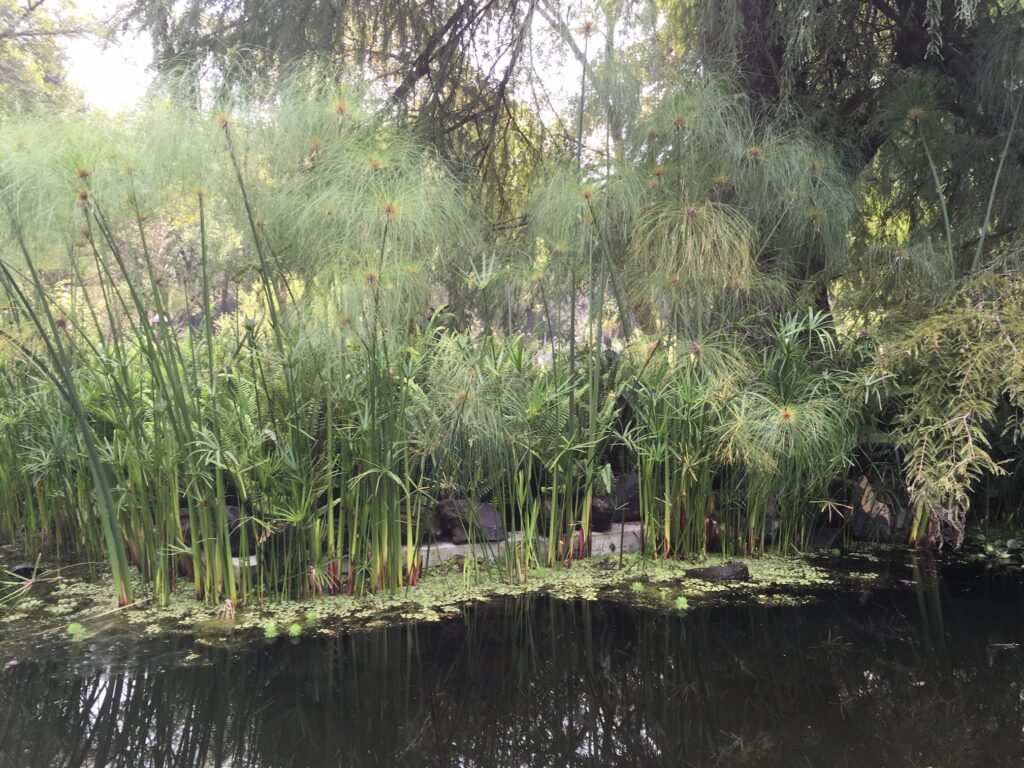
TIM Tertiary Wetlands
Recycle water, create life

Wetlands, essential ecosystems for life on Earth
- Key components to the natural water cycle
- Wetlands only cover 6% of the planet’s surface but are the habitat and breeding ground for 40% of all plant and animal species.
- The most relevant human civilizations have settled around a wetlands.
The Ramsar Convention on Wetlands
- A treaty that offers the reference framework for the conservation and responsible use of wetlands and its resources.
- Signed in the Iranian city of Ramsar in 1971, to come into effect in 1975.
- Since then, almost 90% of UN member states have adhered to the treaty.
- Find out more about RAMSAR here
-
What is a wetland?
Marshes, swamps and peat bogs, or surfaces covered with water, whether natural or artificial, permanent, or temporary, stagnant or flowing, fresh, brackish or salty, including extensions of marine water, with depth at low tide not exceeding six meters.
-
The Ramsar definition includes…
… all lakes and rivers, underground aquifers, swamps and marshes, wet grasslands, peat bogs, oases, estuaries, deltas and tidal flats, mangroves and other coastal areas, coral reefs, and artificial sites such as fish ponds, rice fields, reservoirs and salt flats.
6 main types of wetlands
Marine, along the coasts
Estuarine, at river mouths
Lacustrine, next to lakes
Riverside, next to rivers and streams
Trowel, with a swampy appearance
Constructed or treatment wetlands.
Constructed wetlands
Designed by and built by humans:
-
Food production
- Rice paddies
- Fish farms -
Built Salines to obtain salt
- Salinas - Wastewater treatment
Wastewater treatment with wetlands
- Replicate natural decomposition processes to remove organic contaminants and pathogens contained in wastewater.
- Reduce energy consumption, avoid the use of chemicals and the production of hazardous waste.

Two treatment approaches with wetlands
-
Secondary wetlands
Traditional and most sustainable approach to treat wastewater
Disadvantages:
• Large areas of land required.
Rather feasible for larger communities
Risk of bad odors due to unbalanced flow characteristics. -
Humedales terciarios
TIM focuses on this approach to best balance between the use of space, sustainability and polishing treated wastewater.
Advantages:
Optimized use of space.
Address both, landscaping and passive water treatment.
Resilient solution when combined with a wastewater treatment plant.
No specialized personnel required for operation and maintenance.
Manejo Integral del Agua Residual por TIM

Constructed wetlands
Polishing
- Improve the quality of the biologically treated effluent.
Landscaping
- Functional and aesthetic feature integrated into the context of a building project.
Storage
- Install storage capacity for treated water at low cost and environmental impact.
Environment
- Foment biodiversity and the health of natural water bodies.
Eco-friendly design
- We analyze the context of each project to respectfully design, protecting and promoting the natural ecosystem and surrounding wildlife.
- We only use native or endemic species, avoiding invasive and exotic species.
Types of wetlands we build
Subsurface flow
• With a minimal footprint a significant quantity of contaminants is being removed, a rectangular shape is recommended for best results.
Free Surface Flow
• More striking landscapes and design freedom, but larger areas are required to obtain the same results as with a subsurface wetland.
Wetland maintenance
1. Level control
- To create soil and water conditions to manage plant growth and control.
2. Weeding
- Removal of invasive plants and weeds may be required from time to time.
3. Cleaning
- Removal of dead plant material, also to promote regrowth.
4. Mosquito control
- Their appearance is a sign of water stagnation or lack of biodiversity.

Wastewater Treatment Plants - Think TIM has been promoting environmental care since 2009. We are a Mexican company that advises, designs, and manufactures solutions for wastewater management
Links
Contact
- +52 (55) 5801 3676
- +52 (55) 6076 6178
-
Avenida Bucareli n.° 108, local D
Col. Centro. Cuauhtémoc, CDMX